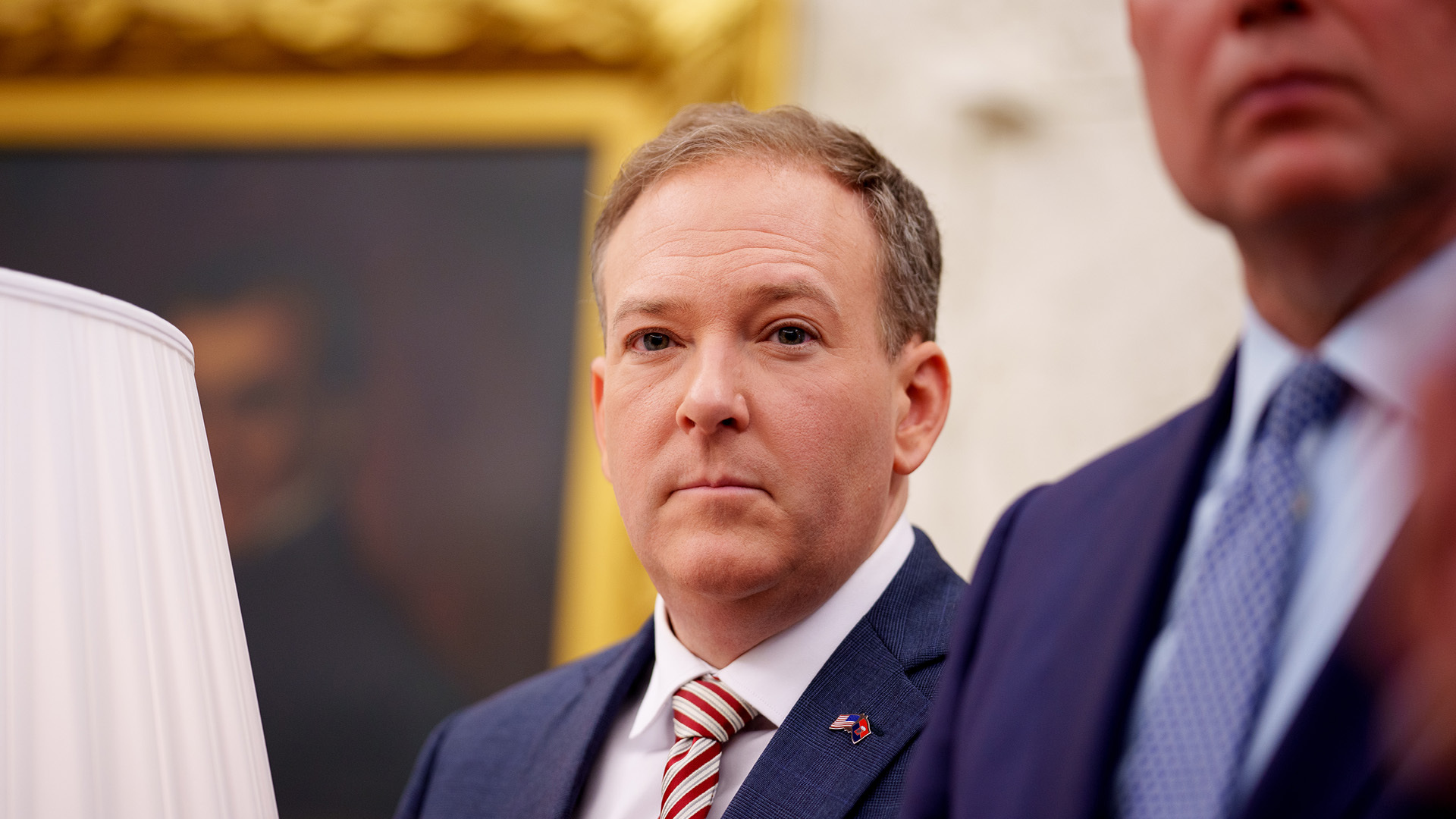Green Guardians or Industry Allies? Inside EPA's Bold Deregulation Stance

In a bold defense of the Environmental Protection Agency's (EPA) current regulatory approach, Administrator Lee Zeldin asserts that the agency's strategic deregulation will not compromise environmental protection. Zeldin argues that the ongoing efforts to streamline and reduce regulatory burdens are carefully designed to maintain ecological safeguards while promoting economic efficiency.
The EPA's current strategy focuses on eliminating what Zeldin describes as "unnecessary red tape" without sacrificing the core mission of environmental conservation. He emphasizes that each regulatory rollback is meticulously evaluated to ensure that critical environmental protections remain intact.
Critics have raised concerns about potential environmental risks, but Zeldin remains confident that the agency's approach will ultimately benefit both industry and the ecosystem. By creating a more flexible regulatory framework, he believes the EPA can achieve a balanced approach that supports economic growth while preserving environmental integrity.
As the debate continues, Zeldin stands firm in his commitment to a pragmatic and nuanced approach to environmental regulation, promising transparency and careful consideration in every policy decision.
